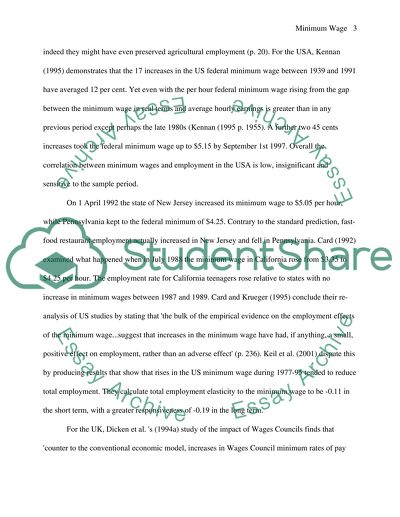Cite this document
(National Minimum Wage Term Paper Example | Topics and Well Written Essays - 1500 words, n.d.)
National Minimum Wage Term Paper Example | Topics and Well Written Essays - 1500 words. Retrieved from https://studentshare.org/human-resources/1533745-national-minimum-wage-essay
National Minimum Wage Term Paper Example | Topics and Well Written Essays - 1500 words. Retrieved from https://studentshare.org/human-resources/1533745-national-minimum-wage-essay
(National Minimum Wage Term Paper Example | Topics and Well Written Essays - 1500 Words)
National Minimum Wage Term Paper Example | Topics and Well Written Essays - 1500 Words. https://studentshare.org/human-resources/1533745-national-minimum-wage-essay.
National Minimum Wage Term Paper Example | Topics and Well Written Essays - 1500 Words. https://studentshare.org/human-resources/1533745-national-minimum-wage-essay.
“National Minimum Wage Term Paper Example | Topics and Well Written Essays - 1500 Words”, n.d. https://studentshare.org/human-resources/1533745-national-minimum-wage-essay.


